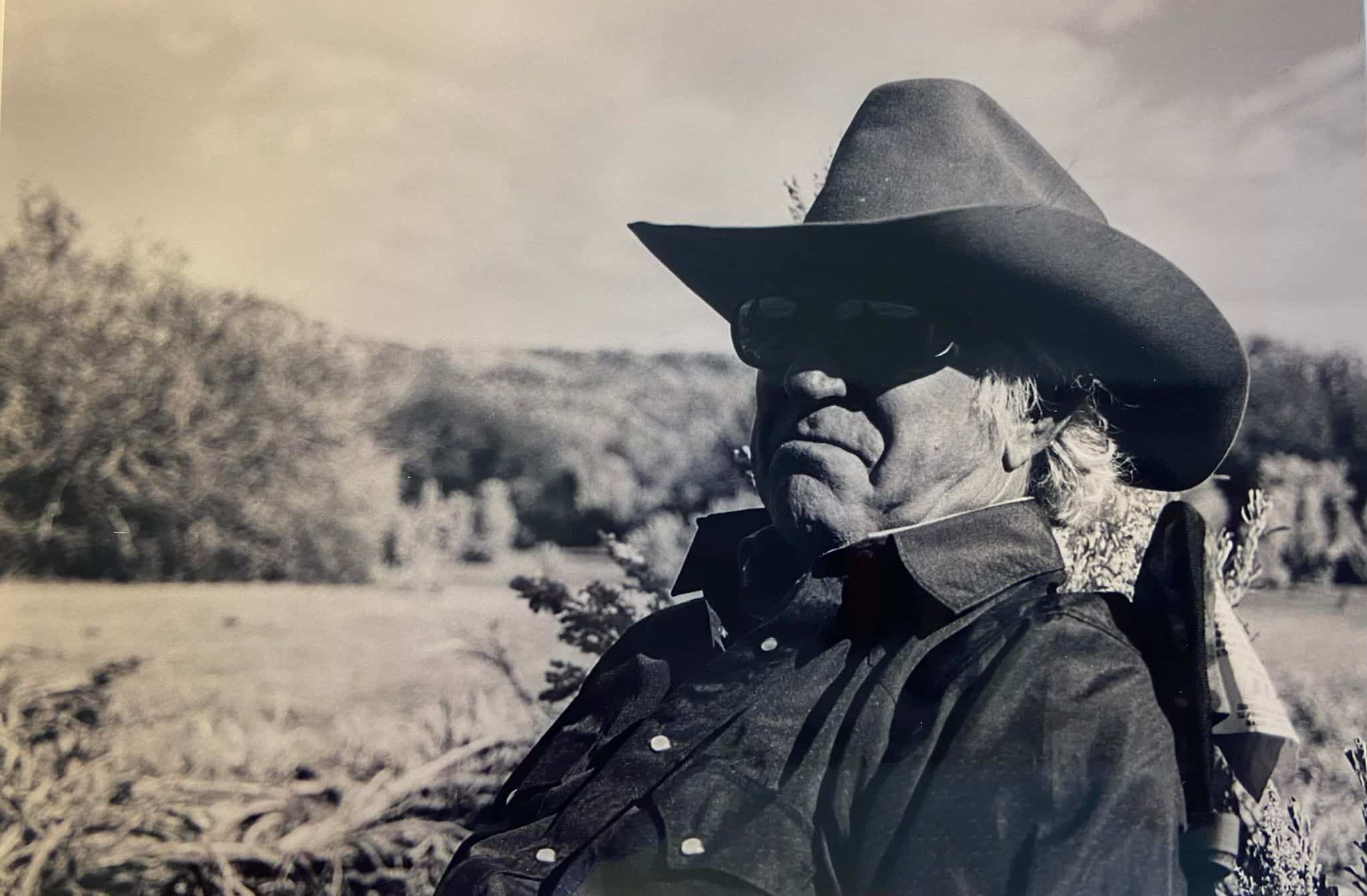Early Season Breeding: Let There Be Light!
Because of the demands of competition and sales, following the natural reproductive cycle dictated by Mother Nature often doesn’t fit into man’s breeding program. While Mother Nature’s time frame stipulates that the mare should be receptive to the stallion in late spring/early summer to produce a foal when the grass is green and the weather is warm, man, as steward of the horse, often has
- Topics: Article
Because of the demands of competition and sales, following the natural reproductive cycle dictated by Mother Nature often doesn't fit into man's breeding program. While Mother Nature's time frame stipulates that the mare should be receptive to the stallion in late spring/early summer to produce a foal when the grass is green and the weather is warm, man, as steward of the horse, often has other plans. Since the light of longer days in spring is a main trigger to the horse's reproductive cycle, extending daily light is a simple way to "trick" mares into cycling earlier.
Normally the longer days of spring and summer stimulate the release of hormones that set the reproductive process in motion. However, much the same effect can be achieved with artificial light. The use of an artificial photoperiod to stimulate the equine reproductive system is not new. It began in the late 1940s, but has become more sophisticated in recent years.
The reasons man wants mares to cycle earlier are many and varied, and they often have little to do with the welfare of the horse. It all begins with the fact that many horses have a universal birth date of Jan. 1 for recordkeeping purposes. Thus, a horse being offered at auction as a yearling the summer after his birth year might actually be 1 1/2 years of age from a chronological standpoint. In other cases, less than a year might have gone by since he was born. The foal born earlier usually demonstrates more physical development, which, in many cases, is desirable to buyers. Also, owners preparing horses for the show ring also usually want all the growth and development they can get by the time spring show season rolls around
Create a free account with TheHorse.com to view this content.
TheHorse.com is home to thousands of free articles about horse health care. In order to access some of our exclusive free content, you must be signed into TheHorse.com.
Start your free account today!
Already have an account?
and continue reading.

Written by:
Les Sellnow
Related Articles
Stay on top of the most recent Horse Health news with












